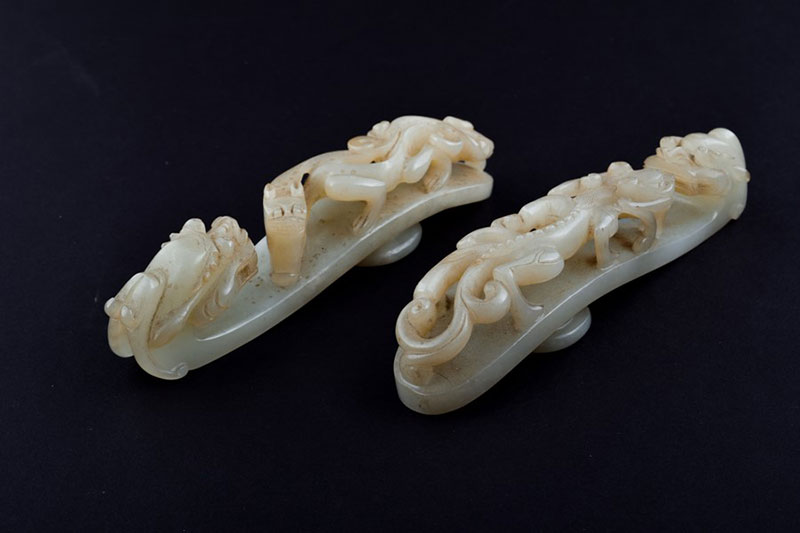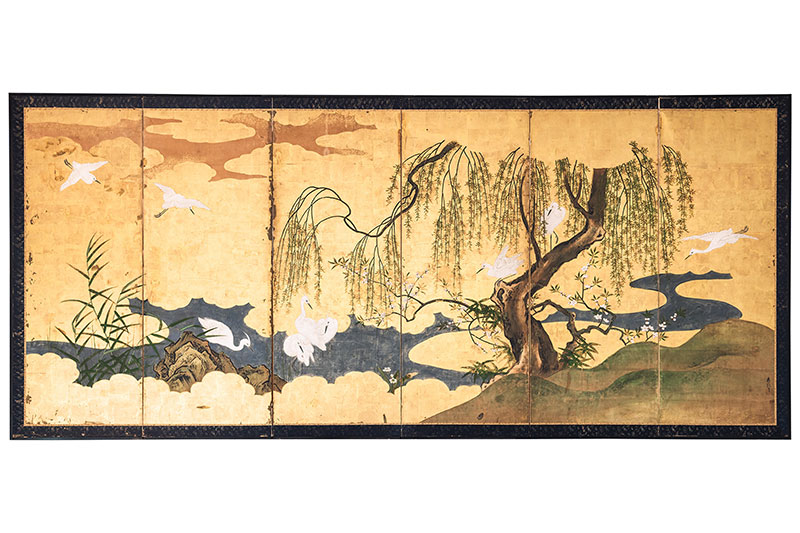What is Asian Art?
A closer look into the world of Asian Art
12/04/2024
Asian art is a term that encompasses the vast and diverse artistic heritage of the Asian continent, which is home to numerous cultures, religions, and philosophies. Its history spans thousands of years, reflecting the complex interplay of traditions, political changes, and cultural exchanges.
In East Asia, painting and calligraphy are often considered twin disciplines, reflecting the shared importance of the brush and ink. Chinese painting is known for its delicate brushwork and emphasis on nature, while Japanese painting includes styles like ukiyo-e, famous for its woodblock prints. Calligraphy, the art of beautiful writing, is revered in China, Japan, and Korea for its aesthetic and philosophical depth.
Sculpture in Asia is closely tied to religious traditions. The Buddhist sculptures of India, Thailand, and Cambodia depict the Buddha in various poses, each with its own symbolic meaning. Hinduism has also given rise to intricate temple carvings in India, showcasing gods and goddesses in epic narratives. In China, terracotta warriors and jade carvings reflect the importance of the afterlife and the natural world.
Two Chinese celadon jade belt buckles
Asian ceramics have a rich history, with Chinese porcelain being highly prized for its beauty and craftsmanship. Korean celadon and Japanese raku ware also demonstrate the region’s mastery over clay and glaze, producing pieces that are both functional and artistic.
Textiles in Asia range from the silk weavings of China and the Indian subcontinent to the batiks of Indonesia and the ikats of Central Asia. These fabrics are not only used for clothing but also serve as symbols of status and cultural identity.
Asian architecture is as diverse as its art, with the Great Wall of China, the stupa complexes of India, and the pagodas of Japan and Korea. Islamic architecture in Central and South Asia is known for its ornate mosques and madrasas, featuring intricate tile work and calligraphy.
A rare and important Imperial Chinese Waring States (481-221 BCE) or Qin Dynasty (221-206 BCE)
The performing arts in Asia include the classical dances of India, such as Bharatanatyam and Kathak, as well as the Noh and Kabuki theatre of Japan. These art forms often combine music, dance, and drama to tell stories from history, mythology, and literature.
The history of Asian art is marked by the rise and fall of empires, the spread of religions, and the exchange of ideas along trade routes like the Silk Road. Early art from the Indus Valley Civilization and the bronzes of the Shang Dynasty in China set the stage for later developments. The spread of Buddhism from India to the rest of Asia had a profound impact on art, as did the introduction of Islam. In modern times, Asian art has continued to evolve, incorporating both traditional techniques and new influences from the West.
A Japanese six panel screen, Byobu, Edo
Asian art is not just a reflection of the past but a living tradition that continues to evolve and inspire. Its disciplines are interconnected, each contributing to a larger picture of artistic expression that speaks to the human experience across time and space.
read more
How Do I Know if my Chinese Porcelain is Valuable?
Are you considering selling any Asian ceramics, porcelain, paintings, sculptures, or textiles?
With a huge global audience of known buyers, Dawsons can achieve the best prices for you at auction.
Get in touch with an expert today for confidential sales advice, we would be delighted to help:


